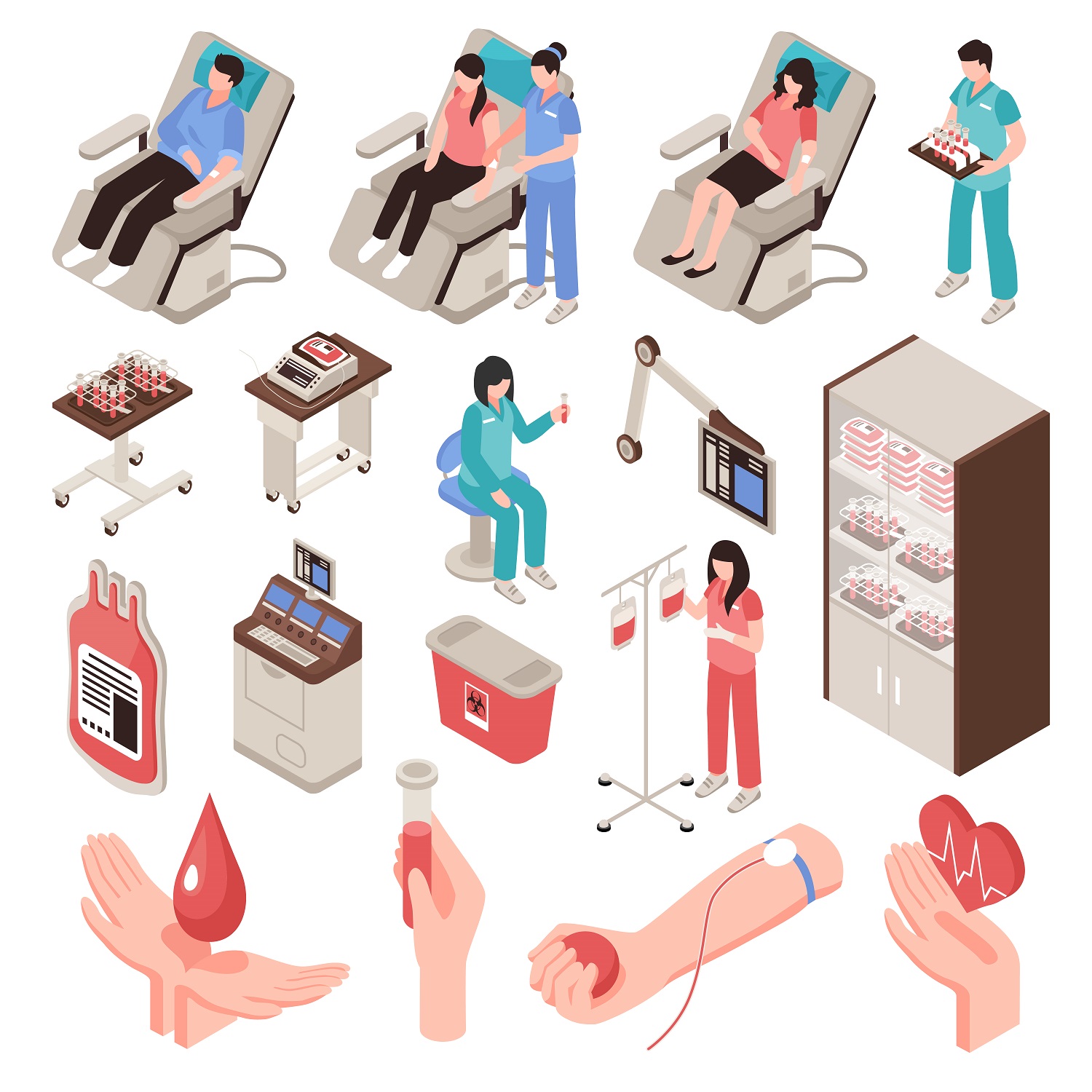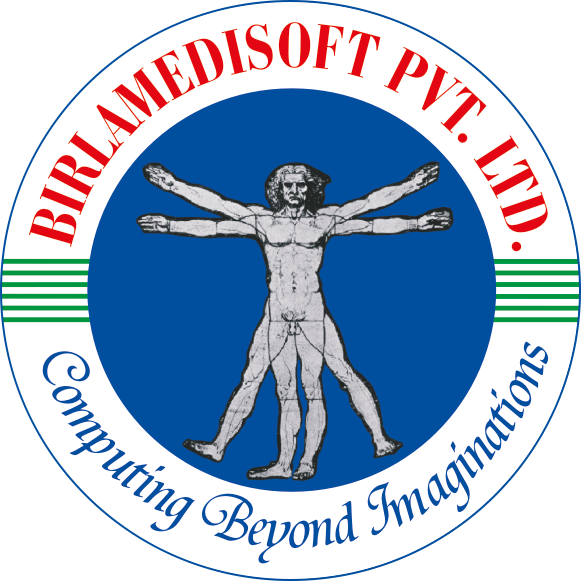

Software automation can bring several benefits to blood bank operations, improving efficiency, accuracy, and patient safety. Here are some key benefits of software automation in blood bank operations:
Inventory Management: Automation software can effectively manage blood inventory by tracking the quantity, type, and expiration dates of blood units. It provides real-time visibility into available blood products, ensuring optimal inventory levels and minimizing wastage. Automation can also send alerts for low inventory, expiring units, or specific blood types in high demand, facilitating timely replenishment and efficient utilization of resources.
Donor Management: Automation software streamlines the donor management process, including registration, screening, and eligibility assessment. It enables electronic donor registration, capturing essential information and screening data. Automated screening algorithms can evaluate donor eligibility based on criteria such as medical history, travel history, and risk factors, ensuring compliance with regulatory requirements and enhancing donor safety.
Testing and Validation: Automation software can automate the testing and validation process for blood products. It enables the integration of laboratory instruments, such as automated analyzers, to streamline testing procedures and improve result accuracy. Automated validation algorithms can verify compatibility between donors and recipients, ensuring safe transfusions and reducing the risk of adverse events.
Workflow Optimization: Automation software optimizes workflow processes within the blood bank, reducing manual errors and improving efficiency. It can automate tasks such as sample labeling, blood typing, cross-matching, and result reporting. This improves turnaround times, reduces the risk of human error, and enhances overall productivity within the blood bank.
Traceability and Documentation: Automation software provides robust traceability and documentation capabilities for blood products. It tracks the entire lifecycle of each unit, capturing information from donation to transfusion. Automated documentation ensures accurate and complete records of donor information, testing results, product handling, and distribution. This traceability enhances quality control, supports regulatory compliance, and facilitates rapid recall or investigation in the event of an adverse event or quality issue.
Integration with Hospital Systems: Automation software can integrate with hospital information management systems (HIS) or electronic health records (EHR), facilitating seamless data exchange and improving patient safety. Integration enables real-time access to patient information, transfusion histories, and alerts for potential transfusion-related risks or complications. It enhances communication and coordination between the blood bank and clinical departments, ensuring safe and appropriate blood transfusions.
Regulatory Compliance: Automation software assists blood banks in complying with regulatory standards and guidelines. It can generate compliance reports, monitor and enforce standard operating procedures, and provide audit trail capabilities. Automated systems help ensure adherence to regulatory requirements, such as FDA regulations or AABB (formerly known as the American Association of Blood Banks) guidelines, minimizing compliance-related risks.
By leveraging software automation, blood banks can enhance operational efficiency, improve patient safety, and maintain compliance with regulatory standards. Automation streamlines inventory management, donor management, testing processes, and documentation, reducing errors, enhancing traceability, and optimizing workflow. Ultimately, software automation supports blood banks in providing safe and high-quality blood products to patients in need.


